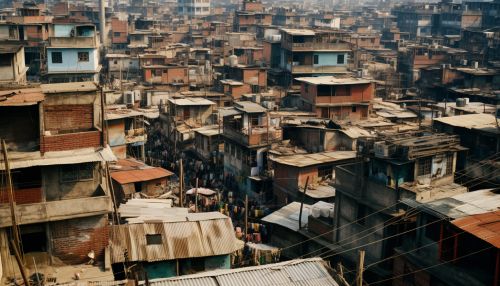Population
Overview
Population refers to the total number of individuals or inhabitants in a region. The study of populations and their characteristics is known as demography, which includes the study of size, structure, and distribution of these populations, and spatial or temporal changes in them in response to birth, migration, aging, and death.
Population Size and Density
The size of a population is determined by the number of individuals present while the density refers to the number of individuals per unit area or volume. Population size and density are the two most important statistics scientists use to describe and understand populations.


Population Growth and Regulation
Population growth is the increase in the number of individuals in a population. The two main factors affecting population growth are the birth rate (natality) and the death rate (mortality). When the birth rate exceeds the death rate, the population grows, and when the death rate exceeds the birth rate, the population decreases.
Population regulation refers to the mechanisms by which population sizes are controlled. The two main types of population regulation are density-dependent factors and density-independent factors. Density-dependent factors include competition, predation, and disease, which have greater effects in crowded populations. Density-independent factors, such as weather and climate, affect populations regardless of their density.
Population Distribution
Population distribution refers to the pattern in which people are dispersed over a given area. Population distribution can be uneven due to geographical obstacles, such as mountains, or due to socio-economic factors, such as the availability of jobs. The three main types of population distribution are uniform, random, and clumped.
Population Structure
The structure of a population refers to the composition of the population in terms of age, sex, marital status, income, education, and occupation. The population structure is often represented using a population pyramid, which displays the distribution of various age groups in a population.
Population Dynamics
Population dynamics is the branch of life sciences that studies the size and age composition of populations as dynamic systems, and the biological and environmental processes driving them. The study of population dynamics involves understanding the way populations are affected by birth and death rates, and by immigration and emigration, and focuses on topics such as carrying capacity and population stability.
Population Genetics
Population genetics is the study of genetic variation within populations, and involves the examination and modelling of changes in the frequencies of genes and alleles in populations over time.
